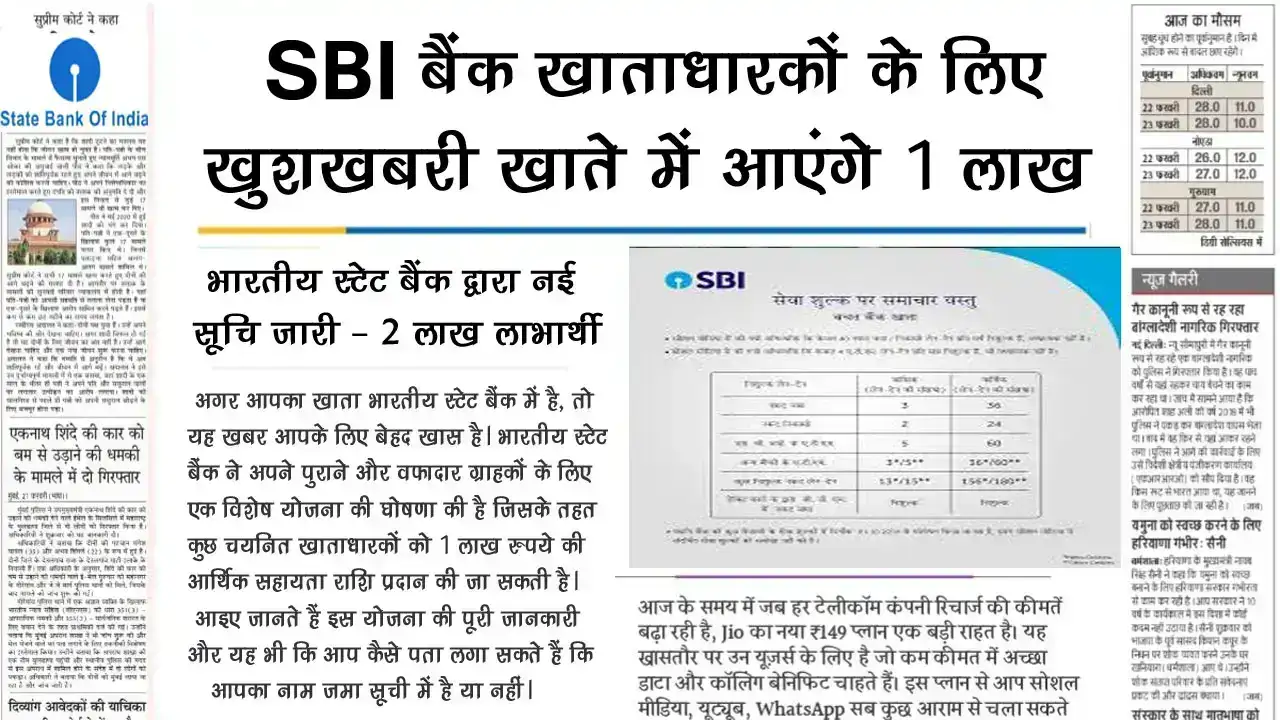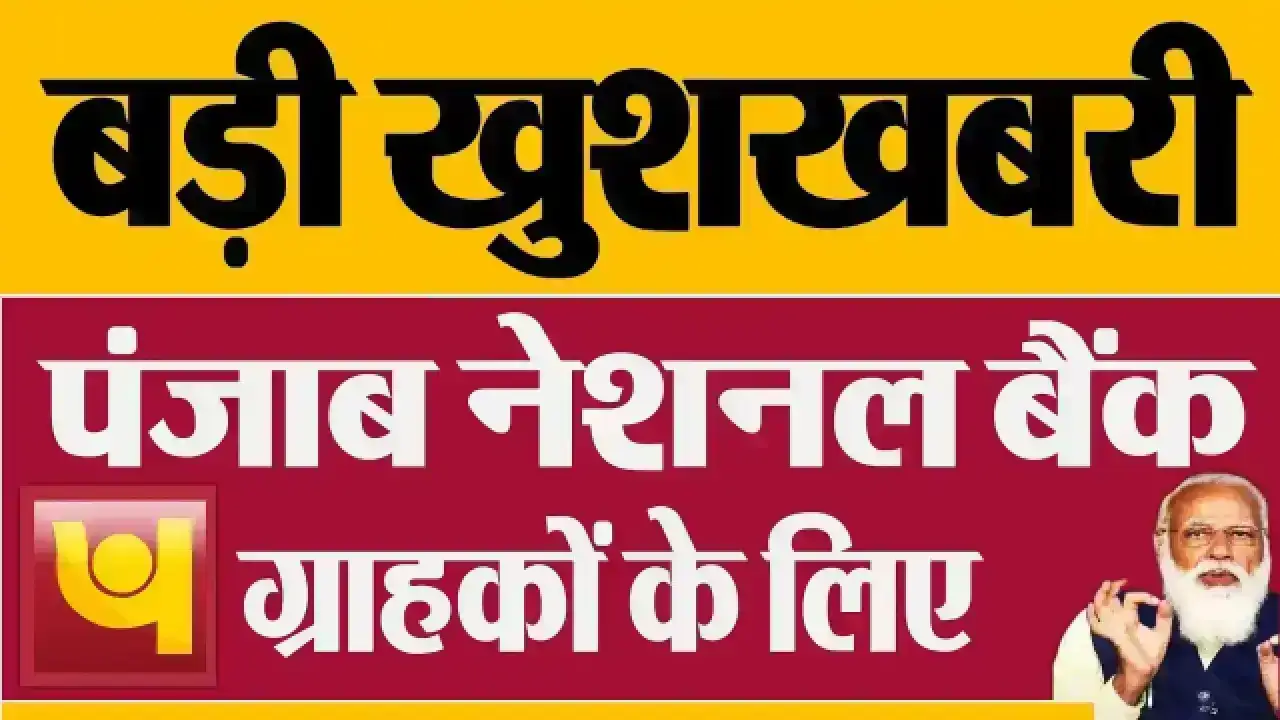What Will Be the Salary of GDS After 8th Pay Scale, Check Minimum and Maximum Pay Here
GDS Salary After 8th Pay Scale, Check Minimum and Maximum Pay Here: The Gramin Dak Sevaks (GDS) form a crucial part of India’s postal network, especially in rural and remote areas. They perform essential tasks like mail delivery, selling postal products, and offering customer support at branch post offices. Given their significant role in the functioning of the postal system, any adjustments to their salary structure are closely monitored by the postal workforce.
Historically, GDS employees have had their salaries reviewed by separate committees, unlike central government employees who benefit from revisions made by the Central Pay Commissions (CPC). However, with increasing discussions surrounding the implementation of the 8th Pay Commission, there is growing anticipation that GDS workers may also experience enhanced pay and benefits.

This article offers an in-depth analysis of the current GDS salary structure, explores the expected modifications under the 8th Pay Commission, and examines the potential advantages and challenges associated with these changes.
Current Salary Structure of India Post Office GDS
Gramin Dak Sevaks (GDS) are classified into three main categories: Branch Postmaster (BPM), Assistant Branch Postmaster (ABPM), and Dak Sevak. The salary of these positions is determined under the Time Related Continuity Allowance (TRCA) framework, which sets the compensation based on the role and duties performed.
Branch Postmaster (BPM)
- Minimum TRCA: ₹12,000 per month
- Maximum TRCA: ₹29,380 per month
Assistant Branch Postmaster (ABPM) and Dak Sevak
- Minimum TRCA: ₹10,000 per month
- Maximum TRCA: ₹24,470 per month
Apart from the base pay, GDS employees are eligible for various allowances:
- Dearness Allowance (DA) linked to inflation
- Cycle Maintenance Allowance (for mail delivery by cycle)
- Office Maintenance Allowance (especially for BPMs)
- Cash Conveyance Allowance (for handling cash)
These allowances contribute significantly to the overall income of a GDS employee, especially for those posted in remote or high-demand areas.
Understanding the 8th Pay Commission
The 8th Central Pay Commission is being established to review and revise the pay structure of central government employees. The commission is expected to propose changes to basic pay, allowances, pensions, and other employee benefits.
A crucial aspect of implementing the Pay Commission's recommendations is the fitment factor, which is a multiplier applied to an employee's existing pay to determine the revised salary. Based on preliminary discussions, a fitment factor of 2.86 has been suggested.
For instance, if a central employee's basic pay is ₹18,000, applying this fitment factor would raise the salary to ₹51,480. This approach, when applied to GDS (Gramin Dak Sevaks) employees, could significantly enhance their pay structure as well.
Will GDS Be Included in the 8th Pay Commission?
Historically, GDS (Gramin Dak Sevaks) employees have not been included under the scope of the Central Pay Commission (CPC). Instead, their salaries have been determined by separate expert committees established by the Ministry of Communications. However, there has been a continuous demand from postal unions and GDS forums for the inclusion of GDS workers under the CPC framework.
Incorporating GDS employees into the CPC would ensure greater uniformity across the postal department and address the existing disparities between regular postal staff and GDS employees. It would also provide standardized increments, retirement benefits, and allowances, thus offering GDS workers a more equitable compensation structure.
Expected Salary of GDS After 8th Pay Commission
Assuming the proposed fitment factor of 2.86 is applied to GDS TRCA slabs, the revised salaries may look like this:
For Branch Postmaster (BPM)
- Revised Minimum TRCA: ₹12,000 × 2.86 = ₹34,320
- Revised Maximum TRCA: ₹29,380 × 2.86 = ₹83,047
For Assistant Branch Postmaster (ABPM) and Dak Sevak
- Revised Minimum TRCA: ₹10,000 × 2.86 = ₹28,600
- Revised Maximum TRCA: ₹24,470 × 2.86 = ₹69,984
These are only estimated figures based on the expected fitment formula. The final salary structure will be confirmed only when official CPC recommendations are approved and notified by the government.
Benefits of the Proposed Revision
- Economic Security - Increasing the basic pay will offer enhanced financial stability to GDS employees, many of whom are the primary earners in their families. This adjustment could significantly improve the quality of life for numerous rural households.
- Increased Job Satisfaction - A rise in salary is likely to elevate the morale and motivation of GDS workers. This positive change can result in better performance, improved service delivery, and greater community involvement.
- Decreased Employee Turnover - Offering higher pay can help retain employees, especially in rural and remote areas where finding replacements for GDS roles is often a challenge. This move would contribute to lower attrition rates and a more stable workforce.
Possible Challenges and Considerations
- Financial Impact on the Department - Any salary increase involves a significant rise in budgetary requirements. Implementing a new pay scale for over 2.5 lakh GDS employees will require careful financial planning and additional government funding.
- Integration into the Central Pay System - Incorporating GDS employees into the central government’s salary structure would necessitate policy modifications, new payroll systems, and potential updates to existing regulations.
- Ensuring Uniform Implementation - Maintaining uniformity in the salary revisions across different states, districts, and postal circles could present logistical and administrative challenges, requiring coordination and monitoring.
Summary Table: Expected GDS Pay After 8th CPC
Below is a simplified comparison of current and expected pay levels if the 2.86 fitment factor is adopted:
| Role | Current Min Pay | Expected Min Pay | Current Max Pay | Expected Max Pay |
|---|---|---|---|---|
| Branch Postmaster (BPM) | ₹12,000 | ₹34,320 | ₹29,380 | ₹83,047 |
| ABPM / Dak Sevak | ₹10,000 | ₹28,600 | ₹24,470 | ₹69,984 |
Gramin Dak Sevaks (GDS) are often the first point of contact for rural citizens with the Indian postal system. Recognizing their hard work through equitable compensation is not merely an economic decision but a critical step towards fostering inclusive growth.
If GDS employees are incorporated into the 8th Pay Commission and the fitment factor of 2.86 is applied, it could significantly improve their compensation structure. While there are challenges in terms of budget constraints and administrative changes, the potential benefits—such as increased job satisfaction, enhanced service delivery, and greater financial security—are substantial.
In the long term, revising salaries for GDS employees will not only strengthen the postal workforce but also promote fairer employment practices across government sectors, supporting the broader goal of equitable development for all.


